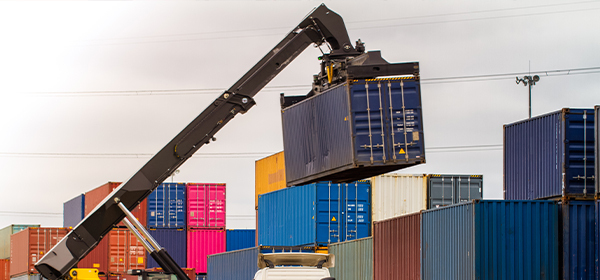5 Major Functions of a Storage and Warehousing Solution: A Comprehensive Guide.
The process of storing goods before it is packed and sold or delivered to clients is known as warehousing. It enables you to leverage eCommerce shipping systems at bulk, stock inventory, and repackage.
It may seem overwhelming to comprehend everything that goes into effective warehousing for wholesale and food-based enterprises, but it doesn’t have to be.
This blog breaks down 5 major functions of a storage warehousing solution to help you get started with efficient warehousing management:
1. Storage
A warehouse’s main duty is to provide storage space for inventory, equipment, or other objects. This provides a location for companies where they can store their products while they are not in use. Additionally, it prevents stock loss and guarantees the security and safety of their stock. Goods can be stored in a warehouse from the time they are manufactured or purchased until they are used or consumed.
2. Protecting Goods
Warehousing safeguards merchandise against theft, loss, or damage brought on by unfavorable weather conditions such as wind, dust, humidity, and heat, among others. With the right planning, warehouses can accommodate a variety of products. The warehouse could, for instance, employ security guards to deter theft, apply pesticides to preserve goods, and set up cold storage facilities for perishable items. The loss of goods due to waste and expiration during storage will be greatly decreased by warehouse spaces since they take into account all the hazards and handle them.
3. Moving goods
Primarily there are four steps involved while moving goods to storage, first being inbound activity, in which goods are unloaded and received by the warehouse, that makes up the movement of goods. Second, there is the transfer to storage process, which involves moving products from the location for receiving them to the area for storage. The third step is order selection, which entails choosing warehouse products that match the order that has to be dispatched and moving them to the shipping area. The final outbound activity is loading and checking products for transportation. In order to maintain uninterrupted orders, moving goods inside a warehouse must be as seamless as possible. Therefore, it is necessary to periodically improve the software systems and warehouse infrastructure.
4. Financing
Another duty of a warehouse is financing. This sort of inventory finance is involved in lending money to a business, or a manufacturer. Goods, inventory, or commodities are stored in a warehouse and served as loan collateral. The depositor will be given a receipt when goods are moved to the warehouse, which serves as proof of the products’ deposit. The warehouses issue a “Warehouse-keeper’s-warrant” on behalf of the owner of the goods. The warrant may be transferred by simple delivery and endorsement. The owner of the warehouse may apply for loans from financial organizations while storing products and may use the certificate as collateral.
5. Information management
Once the materials and goods are delivered to the warehouse, it keeps track of that information and records when they are stored and dispatched. The warehouse’s information system must maintain data that is accurate, timely, and free from errors. This makes it possible for warehouse managers and employees to produce precise insights to guarantee stock availability, stock replenishment, and stock processing needs.
The process of warehousing can be a difficult task but not impossible. Combining several strategies and properly executing them into practice can help you simplify the work. Taking an appropriate decision for your company for your warehousing needs can help you meet consumer demands and expectations, save money, along with other benefits for your company.
You can also hire a third-party logistics firm, such as Nissin Belgium, to store your products, pack them, and send them when an order comes in.






